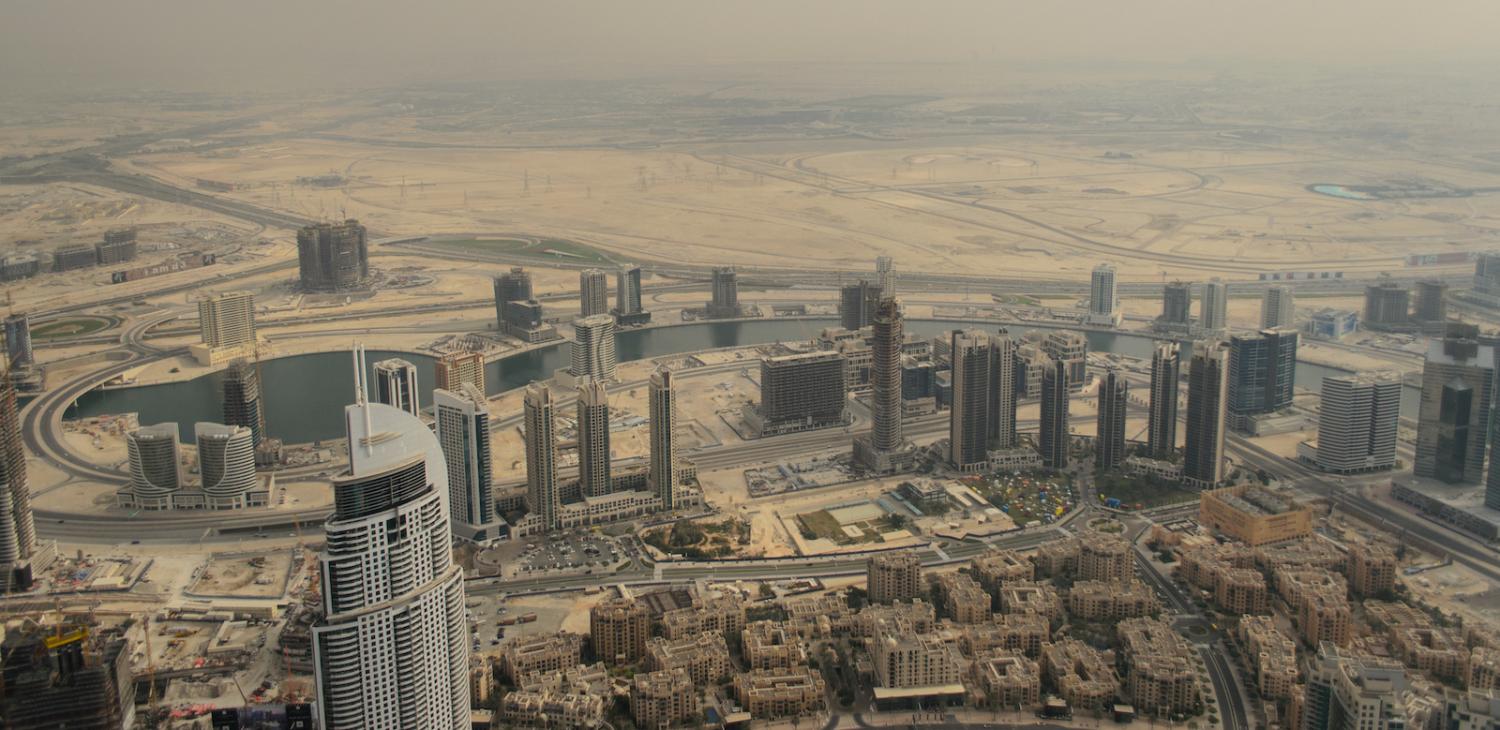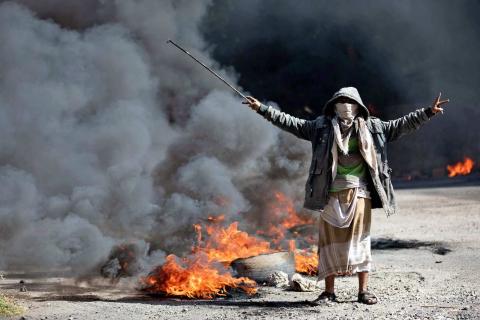Dubai is the most visible of the seven small principalities forming the United Arab Emirates. But it’s the neighbouring Emirate, Abu Dhabi, that has the oil, money, and power. UAE’s decision-makers hail from the dominating al-Nayan family of Abu Dhabi. The de facto ruler of Abu Dhabi, and accordingly the entire UAE, is the al-Nayan crown price who has aligned himself entirely with his Saudi counterpart Mohammed bin Salman (MbS) and the latter’s crusade as head of all Sunni-Muslims against Iran as protector of all Shia-Muslims.
This bodes ill for the proverbial global city of trade and tourism that Dubai has become.
I observed this first hand during a recent visit, a return after having spent time as an ambassador in the Gulf some years before.
Dubai, not endowed by nature with mineral resources, realised early on that it had to make money from money, not oil.
Perhaps it was strangely symbolic, if disturbing, that a high-speed car suddenly appeared on the right of our taxi on the super highway from the airport to our hotel and attempted to swerve into our lane, but was blocked by another car. With undiminished speed, the driver veered further left, lost control, overturning the car and crashing a few meters ahead of us into a concrete highway pillar.
Here is an incident – witnessed live but fortunately safely belted in the backseats of our taxi – that captured the moment for Dubai. That of an ever more desperate scramble to pick up what remains of once fabulously loose money that was littering the streets some 20 years ago.
Dubai, not endowed by nature with mineral resources, realised early on – when the UAE started to hit the global scene some 30 years ago – that it had to make money from money, not oil.
Strategically located at the end of the lower end of the Persian Gulf, with Iran not far away, it was the obvious place to trade, deal, and invest those riches of Arabia that were uncomfortable with the puritanical Wahhabism in Saudi on the South side of the Gulf and the Iranian Mullahs on the North.
Dubai threw up infrastructure and housing as well as a politically stable environment and places of leisure in record time and everybody came. Westerners with generous expat-packages, well-educated accountants, seasoned traders and IT specialists from Lebanon and India, security personnel from Pakistan, and a sea of low-paid blue-collar workers from the subcontinent. In rushed tourists from everywhere, ranging from sun-starved families out of Manchester to party girls from Moscow. The attitude was “everything goes”, including trade with embargoed goods and countries, Iran for example, as well as alcohol and a vibrant nightlife.
Until the day it came all crashing down when “Dubai Inc.” almost went bust. In the “Great Dubai Debt Crisis of 2009,” the real estate bubble burst and only the very deep pockets of Abu Dhabi saved the neighbour from visible ruin. The bailout was good for investors but bad for Dubai and its reigning family of the al Maktoum.
Henceforth it was the much more puritanical al Nayals from Abu Dhabi lording over their cousins and calling all shots in Dubai. Yet, after a short hiatus, its building boom continued unabated, culminating in the erection of Burj Khalifa, the world’s tallest building.
You can’t miss it when you visit Dubai. More so as it stands near “The Dubai Mall”, also one of the largest of its kind worldwide. Virtually all globally recognisable consumer brands from A to Z are assembled there, ranging from Australia’s “Billabong” to Zurich’s “Lindt Chocolates and Café”.
But one vital ingredient is visibly missing: the client and consumer. Tourists and locals still mingle but they don’t buy. Western expats no longer have generous allowances, tourists abandoned from the countries where family members have left as low-paid workers in the Gulf, and Emirati citizens are still sparse (to become a citizen is virtually impossible except by birth when the father is a citizen already).
Official statistics are hard to come by, but experts in Dubai claim, credibly, that most of the recently built office and housing towers, as well as countless luxury hotels, sit largely empty, with buyers no longer lured by profits on already sky-high property prices.
Geopolitical uncertainty looms large. Will it come to a more open conflict across the small body of water, with the Persian Gulf on the north, and the Arabian Gulf on the south? Iran could easily block it, or at least make the passage more difficult, at the Strait of Hormuz, the choke point between the Gulf and the Indian Ocean. All would be hurt, but a lot of prestige is in play.
Also, the possibility of a more muscled intervention by Saudi and the UAE against Qatar, on top of the existing boycott, rendered largely ineffective due to active support from Teheran and Ankara for the al Thani princes of Qatar. Again, that would leave only losers, but both Iran and Turkey are proponents of ‘political Islam’, financed by the al Thani’s since decades but much detested by the other authoritarian governments on the Arab Peninsula and in Egypt.
Dubai’s glittering surface has the qualities of a mirage, still reflecting easy riches but is, in reality, abandoned by foreign capital and menaced by political tensions in the region.

